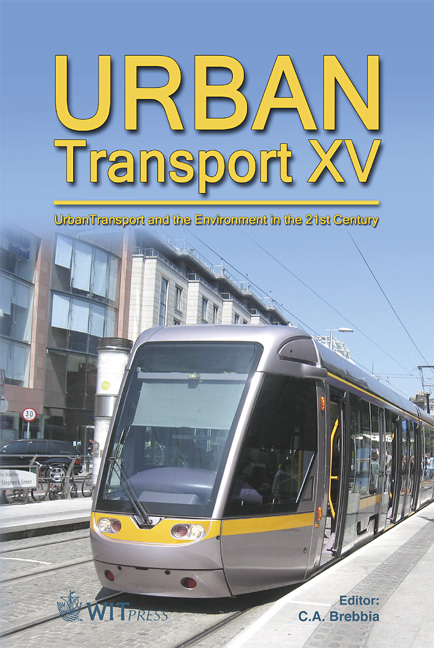Marginalization Due To Distance From Schools
Price
Free (open access)
Transaction
Volume
107
Pages
9
Page Range
349 - 357
Published
2009
Size
3470 kb
Paper DOI
10.2495/UT090311
Copyright
WIT Press
Author(s)
A. Lozano, F. Granados, R. Alarcón, A. Guzmán & J. P. Antún
Abstract
This paper presents an analysis for identifying zones of high marginalization due to distance from schools. This distance is the length or time of the path between home and school, through the urban street network. We present a case of 4,500 public schools and nearly 1.3 millions of students, between 3 and 14 years old, within one of the regions of Mexico City. Children who demand public schools mainly belong to medium, high and very high sectors of socioeconomic marginalization. Spatial analysis was used for identifying the straight line covering of schools, and network analysis was used for obtaining main flows and estimating travelled length and time. The results let us identify sub-zones where the highest marginalization due to distance from schools is presented; and to detect some reasons for such a marginalization. Then, for a sub-zone, the trip characteristics were analyzed, and school bus service paths were proposed for certain types of trips. Keywords: marginalization, distance, paths.
Keywords
marginalization, distance, paths.





